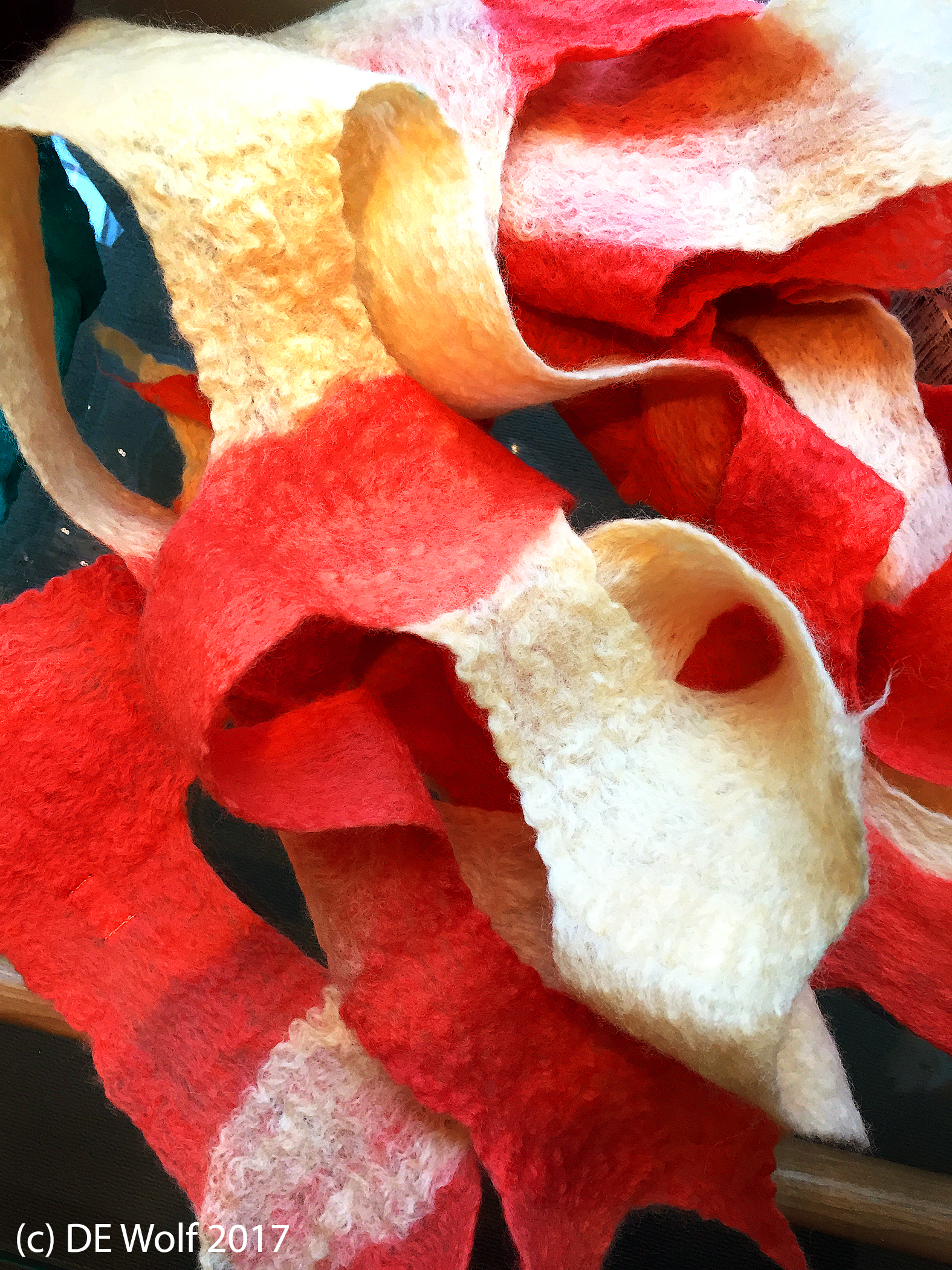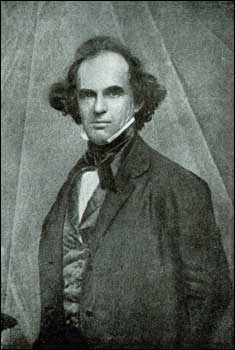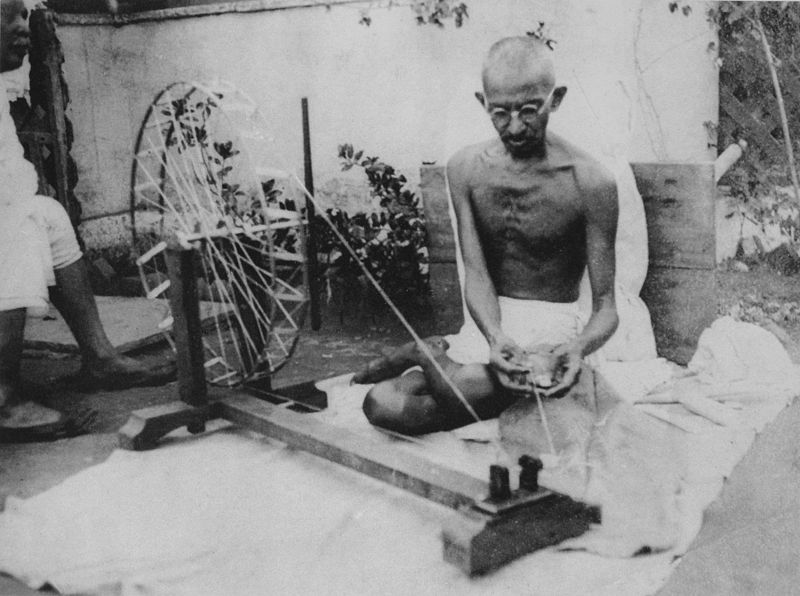
Figure 1 – The orange and white scarf, Salem, MA. (c) DE Wolf 2017.
I have to admit that I took the image of Figure 1 because I liked the colors and the pattern of the orange and white scarf tossed essentially randomly on a table. I am very enamoured of photographing fabric. Yes, this is largely a matter of form, texture, and color. But there is something else, something that fabric and weaving, wool in particular, connotes.
The story begins with the “Fates” of ancient Greek mythology, Moirai, the Fates of Greek mythology who control the Threads of Fate. Such beings are a common theme in European polytheistic religions. The Fates were often depicted as weavers of a tapestry on a loom. This tapestry dictates the destiny of men and women. It is foretold.
Wait, wait! Weaving the destiny of men. Is that not the story of Madame Defarge in Charles Dicken’s “A Tale of Two Cities?” She knits and her knitting contains the names of those who, come the revolution, will be executed. Very creepy!
In another context, we have the story of “Sleeping Beauty” the spinning wheel upon which the Princess Aurora (Dawn) pricks her finger and comes under the witches spell. Spinning and weaving here are symbolic of womanhood. I would argue that the story of the Sleeping Beauty complements the myth of the Fates and Madame Defrage, because despite all of her parents’ efforts, she could not escape her destiny. It had to be lived out.
And finally we have Mahatma Ghandi spinning and weaving cloth. On the surface he was acting in defiance of British rule and British goods. He was leading his countrymen to return to old ways of self-sufficient manufacture. But the power of the images has less to do with unremembered protest than with subliminal common themes of spiritualism that return us once more to the Fates and the fabric of both life and world order.
All of this in an encountered piece of orange and white cloth and an image taken with my IPhone.








